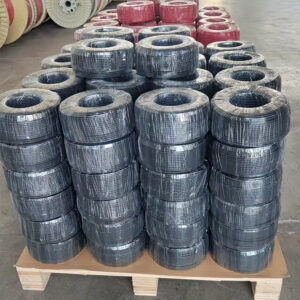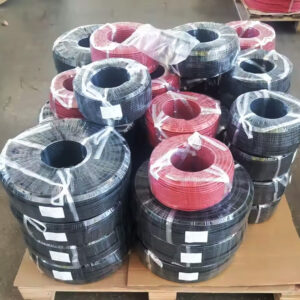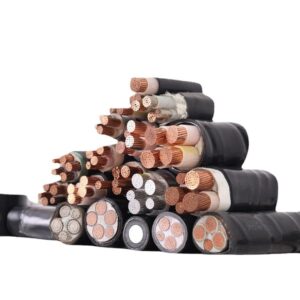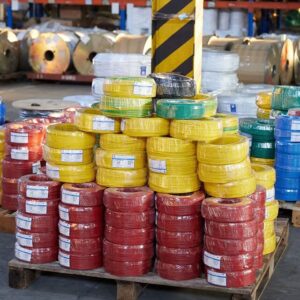Solar Cable Essentials: The Ultimate Guide for PV System Wiring
When installing solar panels, using the right solar cable is critical for safety and efficiency. Unlike standard electrical wires, solar cables are engineered to withstand decades of UV exposure, extreme temperatures, and DC power transmission. This guide explores the types, certifications, and selection criteria for photovoltaic wiring to ensure your system performs reliably for 25+ years.
1. What Exactly is a Solar Cable?
Solar cables (also called PV cables) are specialized conductors designed for photovoltaic systems. Key characteristics include:
✔ UV-resistant insulation – Withstands direct sunlight without cracking
✔ High-temperature tolerance (–40°C to 120°C operational range)
✔ DC voltage optimization (600V/1000V/1500V ratings)
✔ Halogen-free materials – Prevents toxic smoke during fires
Why ordinary cables fail: Standard wires degrade within 2-5 years under UV exposure, risking system failures.
2. Primary Types of Solar Cables
A. Single-insulated (PV1-F)
- Structure: Tinned copper + XLPE insulation
- Voltage: 600V-1000V DC
- Best for: Residential rooftop systems
- Color coding: Standard red (positive) and black (negative)
B. Double-insulated (H1Z2Z2-K)
- Structure: Dual-layer XLPE/LSZH insulation
- Voltage: Up to 1500V DC
- Best for: Commercial solar farms, harsh environments
- Advantage: Extra protection against moisture and abrasion
3. Mandatory Certifications
Always verify these marks:
- IEC 62930 – International standard for PV cable safety
- TÜV Rheinland – Tests UV/weather resistance (critical for Europe)
- UL 4703 – North American safety certification
- RoHS Compliance – Guarantees lead-free construction
Warning: Using uncertified cables may void panel warranties!
4. Conductor & Insulation Science
| Component | Material | Why It Matters |
|---|---|---|
| Conductor | Tinned copper | Prevents oxidation corrosion |
| Insulation | XLPE (Cross-linked Polyethylene) | Superior heat resistance vs. PVC |
| Jacket | LSZH (Low-Smoke Zero-Halogen) | Non-toxic during fires |
Conductor sizing guide:
- 4mm² → ≤5kW systems
- 6mm² → 5-10kW systems
- 10mm² → Industrial-scale PV plants
5. Critical Installation Practices
- Bend radius: Minimum 4× cable diameter
- Connectors: Always use MC4-compatible plugs
- Grounding: Required for arrays >50V DC
- Avoid: Direct soil contact or sharp edge exposure
6. Solar Cable vs. Regular Cable: Key Differences
| Parameter | Solar Cable | Standard Cable |
|---|---|---|
| Lifespan | 25+ years | 5-10 years |
| UV Resistance | Excellent | Poor |
| Voltage Rating | DC optimized | AC only |
| Cost Premium | 20-30% | N/A |
Pro tip: The 20% extra cost prevents 300% replacement expenses.
Conclusion: Never Compromise on Quality
Choosing certified solar cables ensures safe, efficient power transfer while protecting your investment. Remember:
✅ Always check IEC/TÜV/UL marks
✅ Match cable size to system capacity
✅ Prioritize tinned copper conductors
Ready to source reliable solar cables? [Contact our team] for bulk pricing and technical support!







